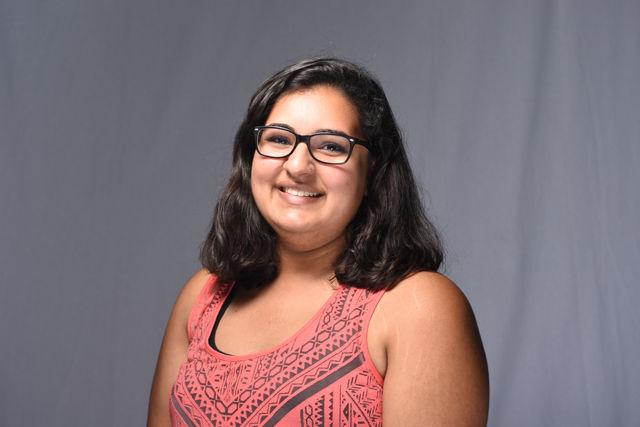
Aditi Dholakia
Aditi Dholakia
On Thursday, social media giant Twitter announced, rather unexpectedly, that it would be shutting down its popular mobile video sharing app, Vine, sometime in the coming months. Bought by Twitter in 2012, Vine was initially intended to serve a similar function to what Snapchat does today: six-second video glimpses into people’s lives to share with their friends and even the public.
Almost from the moment it was conceived, however, Vine became a platform for video experimentation. Users played around with features such as the infinite loop, time-lapse and the time-constraints, all of which required an immense amount of creativity. Some initial users got so good at video editing using Vine, that major corporations, including Sony, AirBnb and even Twitter itself, hired them to make advertisements and publicity videos.
When it boomed in popularity, Vine’s largest user base became teenagers and young adults who used it as a niche outlet for their artistic and comedic inspirations. The six-second loop, tailored perfectly to the short attention span of millennials all over, offered a whole host of possibilities which were embraced by users who did their best to create the most challenging and outlandish videos.
Toward the end of Vine’s popularity, as many famous users moved on to bigger and better things and different social media platforms, Vine became a more meme-esque form of comedy, a little more reminiscent of what the original inventors of Vine had envisioned — six-second glimpses into humorous moments of people’s lives. Nonetheless, with the growing user base on other social media mediums such as Snapchat, Instagram and the ever-present Facebook resulted in a decline in popularity for Vine, especially as other platforms introduced their own video-sharing features.
The shutdown of Vine will come as a huge blow to teens and young adults and the culture they have formed around the 6-second infinite loop. Of course, more famous Viners have graduated to YouTube and other social media to keep up their following, even earning sponsorships and acting gigs through their Vine-ing prowess. The remainder of people on the app, however, will be forced to look to other platforms for their creative outlets.
The shutdown will especially affect POC and black youth — budding actors, comedians and videographers who could openly, somewhat freely and safely express themselves. Vine was made especially popular by Viners of color and black youth like King Bach and Jay Versace, but it was always the white Viners who were invited onto talk shows, given huge sponsorships, and were essentially the faces of Vine. Although racist commentary exists everywhere, what set Vine apart from other social media is that it allowed users to be themselves and tell their own stories with little to no race-related backlash. That is not to say that racism doesn’t exist on Vine — far from it — but the racist users were fairly removed from the rest of the users.
Furthermore, the fact that Vine was a mobile-only app that required a certain amount of finesse and skill to create something spectacular in the span of six seconds created a barrier between millennials and those within the cultish following of meme culture, and those who felt they were too old or incapable of keeping up with the ever-changing technological world. This divide afforded Vine a sort of exclusivity from the rest of the world, and even the rest of social media, subsequently opening a space up for youth and especially black youth and youth of color to be as truly themselves as they could be on a public platform.
This loss of a safe space that encourages black and POC youth culture is especially apparent in the precipice of this nation’s political climate. Facebook and Snapchat are exposing more and more racist users, and Twitter isn’t innocent either. As youth and especially college students think about navigating their futures in relation to the tumultuous political climate, the shutdown of Vine is yet another safe temporary escape that has been taken away.